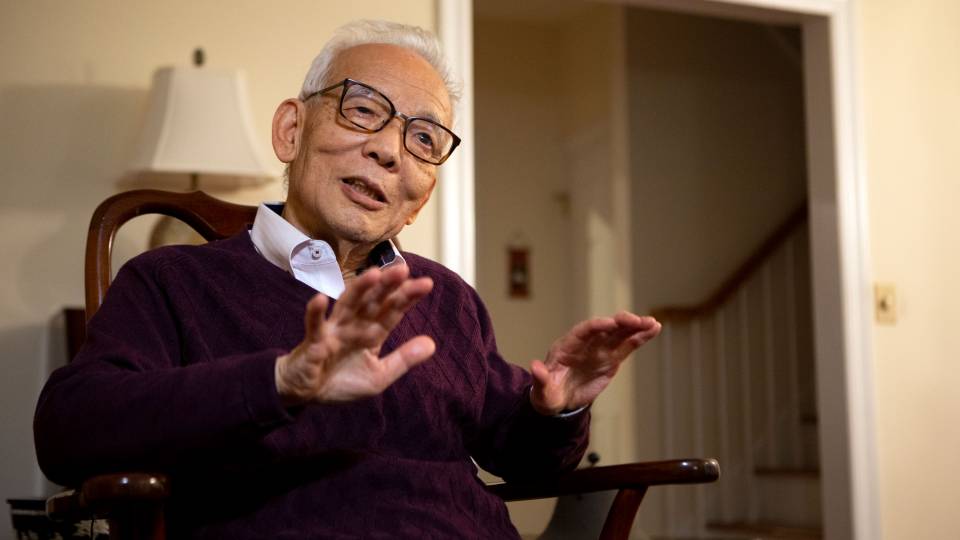
Syukuro Manabe
Atmospheric physicist Syukuro Manabe has been awarded Sweden’s prestigious Crafoord Prize in Geosciences “for fundamental contributions to understanding the role of atmospheric trace gases in Earth’s climate system.”
Manabe, senior meteorologist in atmospheric and oceanic sciences at Princeton, created the first global climate model after his groundbreaking studies of atmospheric dynamics in the 1960s.
In 1967, he and Richard Wetherald of NOAA’s Geophysical Fluid Dynamics Laboratory showed that concentrating greenhouse gases (including carbon dioxide, water vapor and ozone) in the atmosphere can affect temperatures. Their paper was the first credible report of what we now call global climate change, and it has been cited more than 1,550 times. It led in 1975 to the first three-dimensional model of global warming.
Manabe identified profound connections between the sea, land and sky. His revolutionary idea — using numerical modeling to predict how the Earth’s surface temperatures are influenced by atmospheric conditions — was a major breakthrough, giving researchers a powerful new tool to investigate the Earth’s complex climate systems. His work is the foundation for all modern climate research.
He shares the $750,000 prize with Susan Solomon, the Lee and Geraldine Martin Professor of Environmental Studies at the Massachusetts Institute of Technology, who solved the puzzle of why a hole appeared in the ozone above Antarctica in the 1980s and has continued to be at the forefront of research into the ozone layer.
The Crafoord Prize lectures will be given on May 22 at Lund University. The prize symposium will follow the next day, and the award ceremony will be held on May 24 in the presence of King Carl XVI Gustaf and Queen Silvia at the Royal Swedish Academy of Sciences in Stockholm.
The Crafoord Prize is awarded in partnership between the Royal Academy, which selects the laureates, and the Crafoord Foundation in Lund. The prize discipline changes every year from among mathematics and astronomy, geosciences, biosciences, and polyarthritis. The disciplines were chosen as a complement to the Nobel Prizes.

















